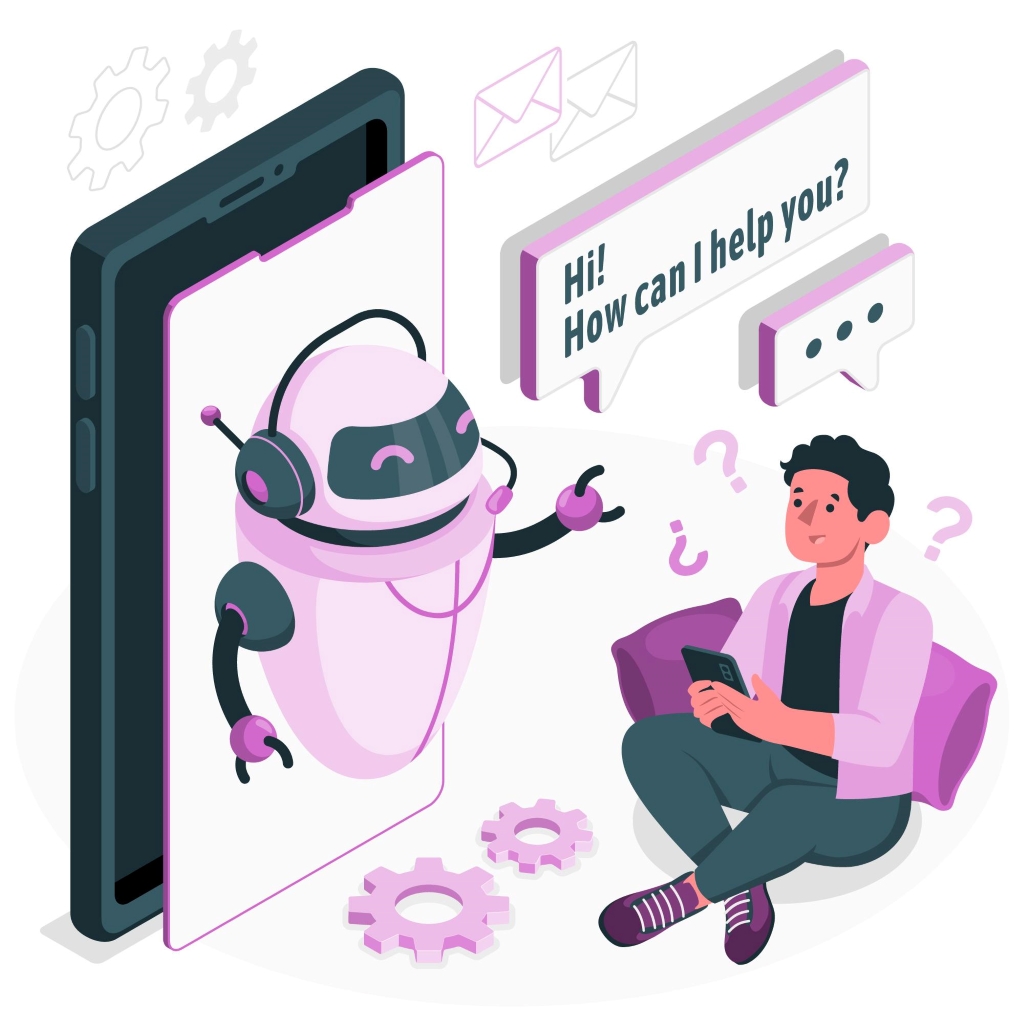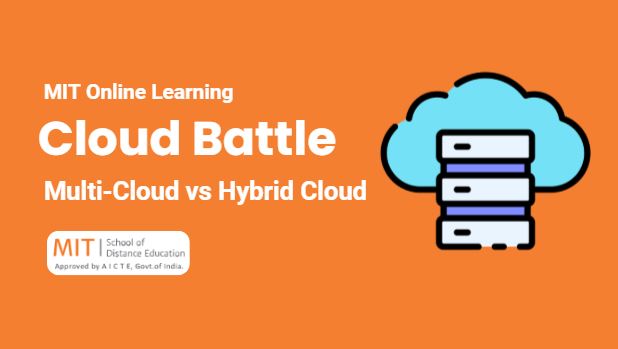
We hear about how new advancements & innovations around Artificial Intelligence are transforming the world. AI continues to fuel a cradle of activity from automating mundane tasks to enhancing decision making, and the progress in this area looks to heat up even more in 2023.
Companies are investing heavily in AI technology to gain a competitive edge in the market, as well as to automate processes and increase efficiency. With this need to automate and increase efficiency, companies are rapidly adapting to the ‘chatbots’.
Chatbots – also known as Chatterbots, Virtual Assistants, Digital Assistants or simply bots have taken the (digital) world by storm. A chatbot is a computer program that simulates human conversation through voice commands, text chats or a combination of both. This automated program helps interact with customers in a human-like manner to resolve immediate queries.
The first chatbot ever developed was in the 1960s called ELIZA and more popular chatbots were developed in the late 20th century. Today, key examples of chatbots used by businesses are Facebook Messenger or virtual assistants like Amazon’s Alexa.
According to a research study, the COVID-19 pandemic significantly accelerated the implementation and user adoption of chatbots around the globe as businesses were running short on manpower and financial resources.
Chatbots have been around for a while, so why the buzz around ChatGPT?
What is ChatGPT?
ChatGPT is a large language model developed by OpenAI that can understand and respond to human language. As an AI language model, ChatGPT can assist users in various ways – answering questions, providing information, offering suggestions, and engaging in conversation.
To see what the fuss was all about, we asked ChatGPT a series of questions like – explain the hydrostatic paradox? Which is the best distance education school in India? Write me an article on India’s Fintech. The replies were overwhelmingly surprising as they were accurate and to the point.
How ChatGPT works?
This conversational AI is a large-scale natural language processing (NLP) model based on the GPT (Generative Pretrained Transformer) architecture, which is a type of deep neural network that has been trained on massive amounts of text data. It analyses patterns in large amounts of text data and uses these patterns to generate responses to natural language queries.
Here’s how ChatGPT works –
- ChatGPT is pre-trained on a large corpus of text data where it is trained to predict the next word in a given sentence based on the given context.
- After pre-training, the model is fine-tuned for specific applications, such as question-answering, chatbots, or sentiment analysis which is trained on a smaller set of labelled data for a specific task.
- Next up, the model is trained to generate responses to natural language queries. It analyses the input text and uses its knowledge of language patterns and context to generate a response.
- The responses are then constantly refined and improved through an iterative process of training and evaluation. This includes evaluating a test set of data and then adjusting and fine-tuning based on the results.
- Overall, its ability to understand the nuances of human language makes it a useful tool
for a wide range of applications, from chatbots to virtual assistants to question-answering systems.
What are the benefits of ChatGPT?
The benefits of using ChatGPT include –
- Instant access to information: ChatGPT can provide instant responses to a wide range of questions and queries, saving users time and effort in searching for information.
- Time and cost savings: ChatGPT can automate many tasks that would otherwise require human intervention, which can save time and reduce costs. For example, chatbots powered by ChatGPT can handle customer service inquiries, freeing up human agents to focus on more complex issues.
- Scalability: ChatGPT can be scaled up to handle large volumes of interactions, which is particularly useful for applications such as customer support, where large numbers of users may be interacting with a system at the same time.
- Personalized interactions: ChatGPT can be fine-tuned to provide personalized interactions based on user preferences and behaviour, which can improve the user experience and increase engagement.
- Multilingual support: ChatGPT can communicate in multiple languages, making it accessible to users from different regions and countries.
- Versatility: ChatGPT can assist users in various domains, including education, healthcare, business, and entertainment, among others.
Overall, ChatGPT provides a fast, reliable and personalized way for users to access information and get assistance with their queries. As AI technology continues to develop, ChatGPT and similar language models are likely to become even more sophisticated and capable in the future.
In today’s rapidly evolving workforce with AI and machine learning, one must stay ahead of the curve and continually upskill themselves to stay competitive.
Knitting ChatGPT with Digital Marketing
A study anticipates that India’s advertising profits will increase by 16.8% by 2023, with 48.8% of the total being digital-focused. Digital marketing automation and AI can be used together to improve the efficiency and effectiveness of marketing campaigns.
When it comes to incorporating ChatGPT with Digital marketing, it can be used together in several ways to improve customer engagement, drive conversions, and increase brand awareness.
- Chatbots and virtual assistants: To provide instant customer support, answer common questions, and provide personalized recommendations. This can improve the customer experience and reduce the workload on human customer support agents.
- Lead generation: To create lead generation forms and landing pages that use natural language to capture customer information. This can improve the lead conversion rate along with better customer experience.
- Personalized content recommendations: To analyse customer behaviour and preferences and provide personalized content recommendations. For example, a digital marketing agency might use ChatGPT to analyse a customer’s browsing to suggest relevant blog posts, videos, or products.
- Content creation and optimization: To generate content ideas or even full blog posts, product descriptions, or social media updates.
In General, AI can be a powerful tool for digital marketing automation, helping companies to deliver more personalized, efficient, and effective marketing campaigns. These new and improved skills are in constant demand in the marketing field directing organizations to focus on upskilling their staff.
The Post Graduate Certificate in Digital Marketing provides the opportunity to become the expert required by businesses today and to update and upskill yourself. In this course, you will receive clear guidance on how to implement the latest digital marketing tools and techniques which will equip you with concrete skills to apply at your workplace.
MITSDE’s One-Year PG Distance Certificate Courses i.e. PGCM in Digital Marketing equip you with the relevant knowledge and practical information required to succeed in your career. The course aims at training you to advance your career and achieve the most in-demand digital skills to achieve your professional goals.


